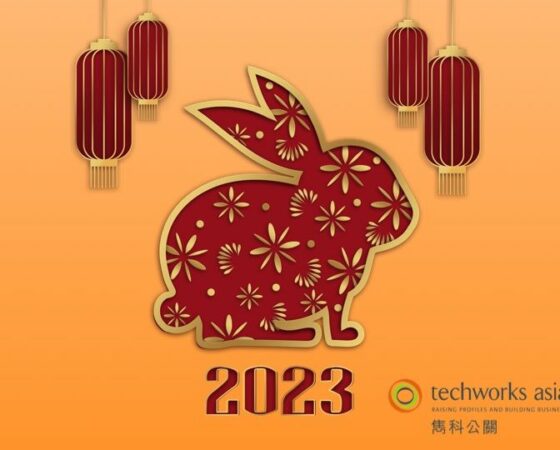As the Covid-19 pandemic continues to grip most countries of the world, some definite shoots of recovery are taking hold, not least in China.

By early April, it was clear that China had, however painfully, “flattened the curve”, and the worst of the crushing COVID-19 crisis in China was over. Now it was “back to work”, if only in fits and starts.
In mid-April, The Peterson Institute for International Economics (PIIE) observed that, “China’s manufacturing sector appears to be well on the road to recovery” *. In particular, PIIE noted a gradual but substantial recovery in electrical power usage. From late March until April 10, average daily power production lagged the normal annual pattern only by some 15% compared with 40% a month earlier. Since manufacturing firms consume roughly 50% of electric power, compared to 15% by households in China, this is strong evidence of recovery in the country’s manufacturing sector.
PIIE went on to argue that although there is a widespread belief that global recession resulting from the COVID-19 pandemic will weaken China’s exports of manufactured goods, such analyses overstate the importance of exports in China’s growth. Said PIIE, “…this argument fails to recognize that China is not the export-dependent economy it once was.” Merchandise exports as a share of GDP in 2019 were about half the level of 2008 on the eve of the last global financial crisis. In the wake of that crisis, global trade slowed compared with the prior decade, but China’s economic growth continued to be relatively robust.
“While the weakening global economy will constitute a headwind, the pace of China’s domestic demand is likely to be the most important factor determining the pace of recovery of China’s manufacturing sector.”
Upbeat figures on the return to work
Bloomberg Economics estimates that most of China was 90-95% back to work by the end of the first week in April, noting pick-ups in the steel market, construction activity and crude processing**. Oil refineries, as well as coal-fired power plants, were nearing last year’s operating rates, while metals stockpiles had shrunk from record or near-record levels, following a three-month cycle of collapse and recovery.
Throughput at state-owned oil producers and independent refiners was likely to rise to 13 million barrels a day in April, from 12 million in March, according to senior officials at the nation’s top processors. That’s nearing the 13.4 million barrels a day averaged over last year.
State-owned giants such as Sinopec, reported Bloomberg, were preparing to restore more capacity as the central government pushes for a recovery in industrial activity to shore up economic growth, while some idled private oil refiners, known as “teapots”, would resume processing in April.
China’s drivers have returned to the roads in greater numbers than this time last year, on the understanding that social distancing encourages more people to use their own cars instead of public transportation, according to BloombergNEF. However, drivers appear to be avoiding non-essential journeys, as evidenced by TomTom Traffic Index congestion data.
Semiconductors: SMIC drives 14 nanometers and below
Traditionally, China has been dangerously reliant on chip imports to bulk up its domestic semiconductor production. In March, EE Times published an intriguing story that the country’s leading foundry, SMIC, was not only baking chips at the 14-nanometer process node but preparing to put an edge on that with what it calls “N+1” process technology***. This is an interesting example of how a combination of the US-China trade dispute and the COVID-19 pandemic has obviously spurred a determination to forge a more self-reliant and globally competitive industry.
A company spokesperson explained that N+1 technology improves performance by 20%, reduces power consumption by 57% and cuts the logic area by 63%. The end result: the entire SOC (system-on-chip) area can be reduced by 55%. These tantalizing figures suggest – and in particular the hugely impressive drop in power draw – that ultra-mobile devices in the consumer sector might be one target market.
This is not a miraculous leap direct to 7nm, which would place SMIC on a par with undisputed leaders such as TSMC and Samsung, but it is pushing the global envelope in a complex and increasingly challenging industry.
References:
*
**
***






